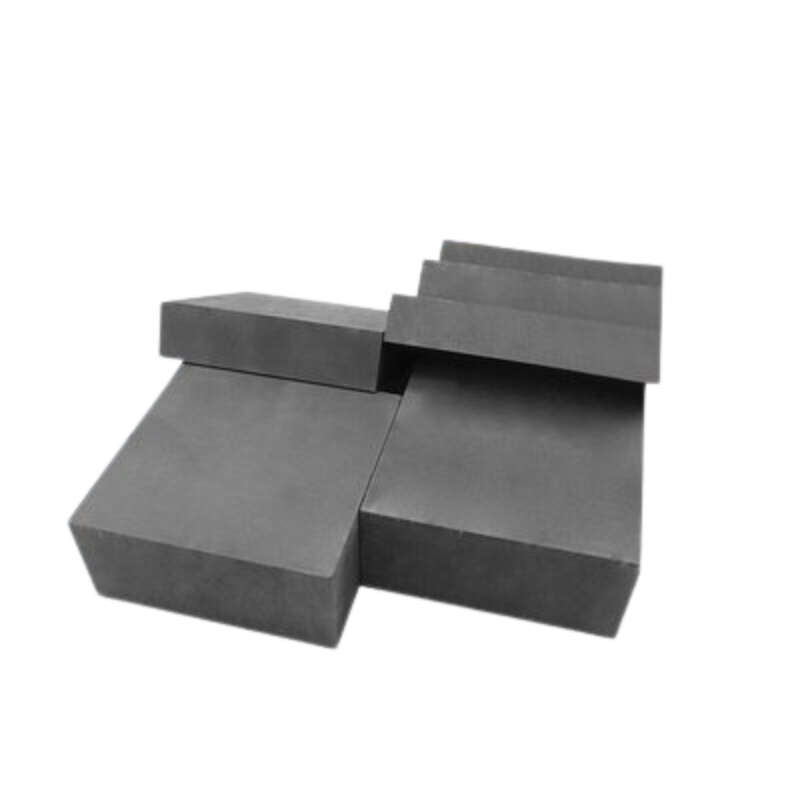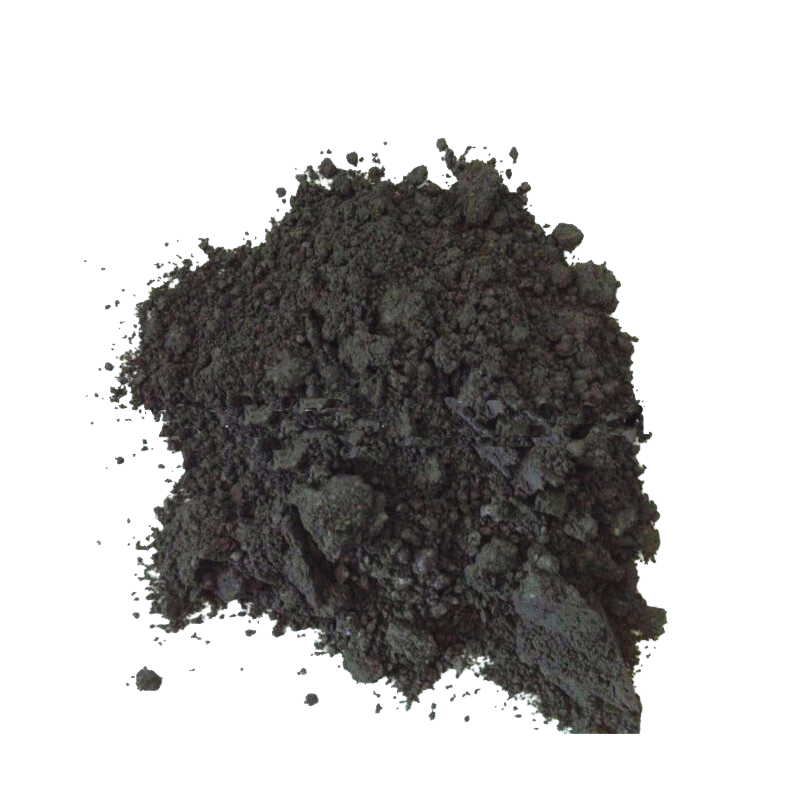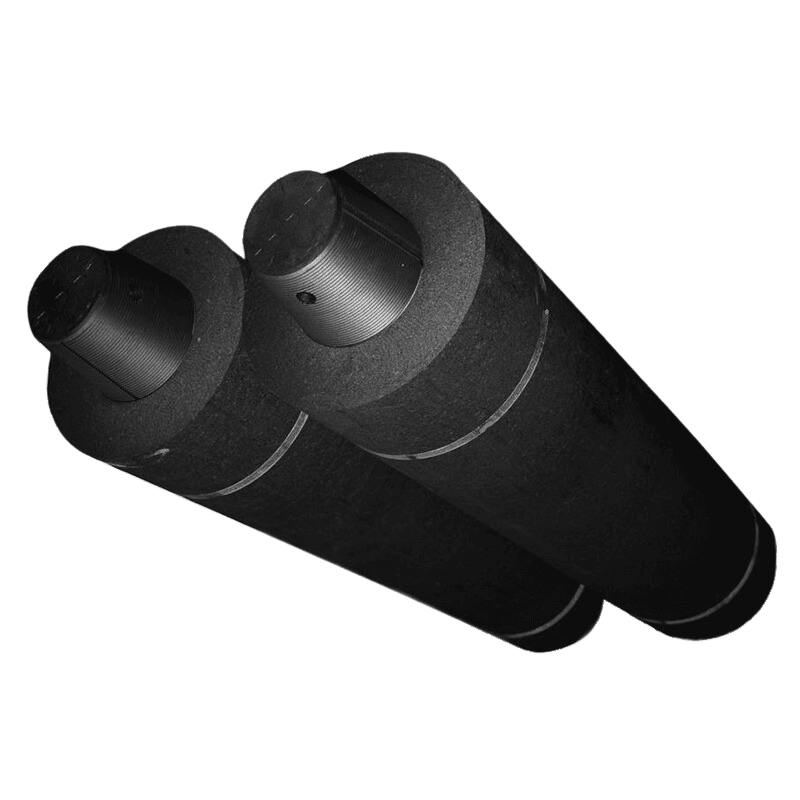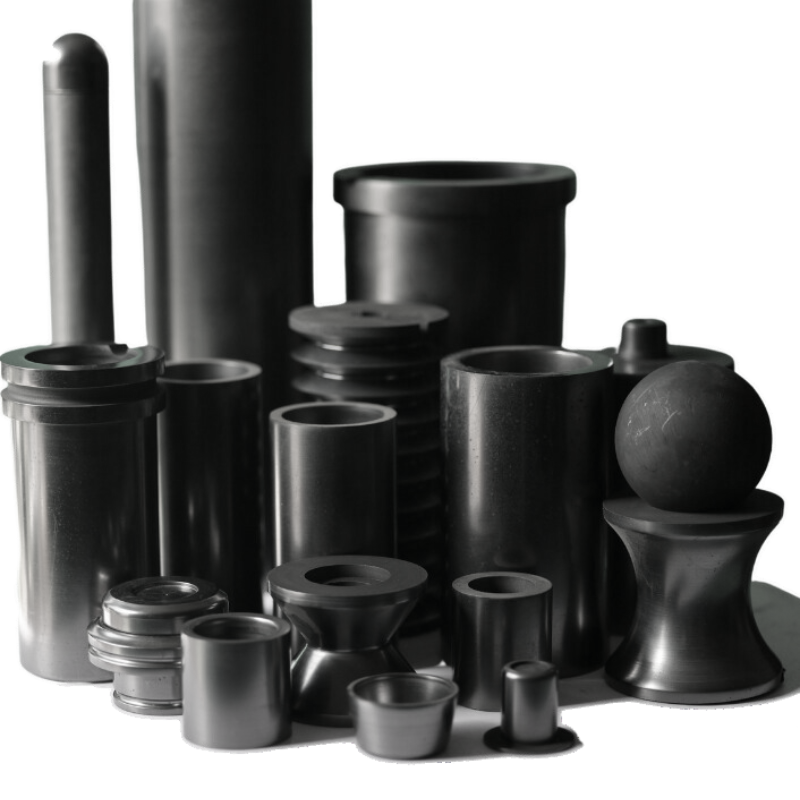Graphite crucibles are commonly used tools in chemical experiments and material processing due to the high heat resistance and corrosion resistance of graphite. Here are some tips for using graphite crucibles:
1.Choose the Appropriate Size: Different-sized graphite crucibles are suitable for different volumes and weights of substances. Ensure that the chosen crucible is large enough to contain all the materials used in the experiment without overflowing.
2.Pre-treat the Crucible: Before the initial use of a graphite crucible, pre-treating is an important step. This may include baking the crucible at high temperatures to remove any impurities and moisture that may be present.
3.Avoid Rapid Heating and Cooling: Graphite crucibles are sensitive to rapid temperature changes, so it is advisable to avoid suddenly exposing them to extremely high temperatures or rapidly cooling them down. This helps prevent the crucible from cracking.
4.Handle with Care to Avoid Impact: Graphite crucibles are brittle, so handle them with care to avoid collisions or dropping. Use tools rather than hands to manipulate the crucible during procedures.
5.Avoid Strong Acids and Bases: While graphite crucibles have good resistance to corrosion by strong acids and bases, it is best to avoid using them under extremely harsh acidic or alkaline conditions to prolong the crucible’s lifespan.
6.Gentle Cleaning: After use, gently clean the graphite crucible to remove any residual substances. Use appropriate tools and cleaning agents, but avoid using chemicals that may be harmful to graphite.
7.Dust Prevention: When storing and using graphite crucibles, be mindful of dust. Dust on the surface of the crucible may affect experimental results, so use airflow to blow away any dust before use.
8.Minimize Residue: Try to avoid leaving excessive residues in the crucible. This could impact the accuracy of the next experiment and might lead to unnecessary reactions at high temperatures.
9.Proper Storage: When not in use, store the graphite crucible in a dry, clean environment, away from humidity and corrosive substances.
10Regular Inspection: Periodically inspect the appearance of the graphite crucible, paying attention to any cracks or other damage. If any issues are found, replace the crucible promptly to ensure the accuracy and safety of experiments.
By following these tips, you can maximize the performance of graphite crucibles, ensuring the accuracy and safety of your experiments.





